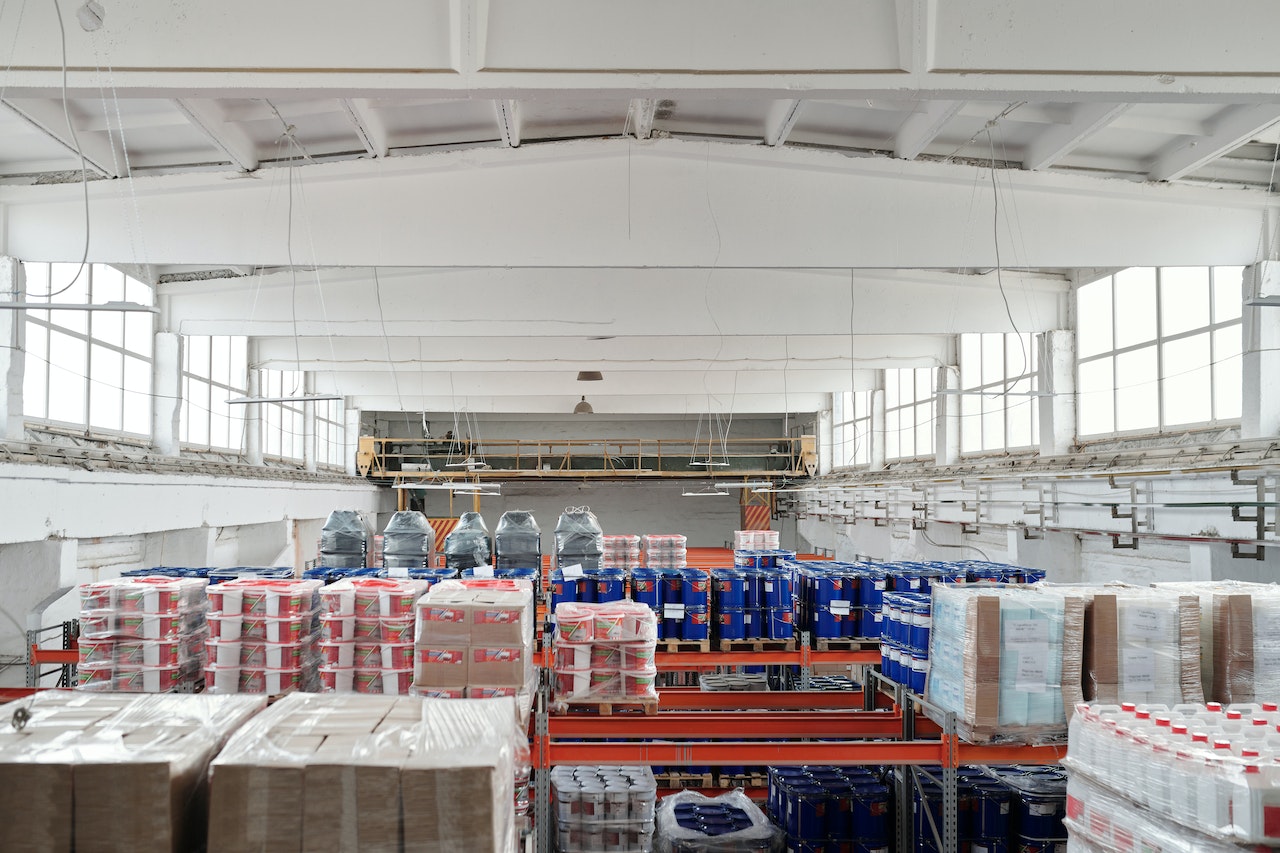Surety Bond Professionals is a family owned and operated bonding agency with over 30 years of experience. With access to a broad range of surety markets, our expert agents are ready to assist with all of your construction bond needs.
The construction industry has experienced shortages of essential building materials, rising prices, and other supply chain issues since the beginning of the Covid-19 pandemic and, in some cases, prior to its outbreak. These essential materials—the ones most heavily monitored and tracked year over year in terms of availability and price—include cement and concrete, steel, insulation materials, drywall, lumber, and HVAC equipment (especially air handlers, rooftop units, and air-cooled chillers).
Causes of Supply Chain Issues
The first factor that comes to mind, not only in the U.S., but around the world, is the pandemic. Extraction of resources and production of building materials didn’t come to a complete halt but fell off dramatically at the same time that demand was increasing. But with shutdowns and quarantines, transporting materials across borders and even domestically became extremely difficult, creating new supply chain issues or compounding existing backlogs and shortages that still are affecting global supply chains. Don’t underestimate the significance of the fact that more than 50% of the building materials used in the U.S. come from overseas.
In the second half of 2022, the easing of pandemic restrictions has helped resolve some supply chain issues, but there are other forces at work as well. For example, rising fuel costs and a shortage of drivers in North America still are creating long lead times in getting building materials where they are needed. And extreme weather events and severe drought in many parts of the country are creating other transportation challenges. For example, low water levels are making it difficult to move heavy materials such as cement by barge on the Mississippi River.
Global shortages of some resources, such as sand, which is essential for making concrete and has more than doubled in cost in recent years, are contributing to supply problems and price increases. According to the Portland Cement Association, roughly 43 states are experiencing shortages of the materials needed for concrete.
The same is true of drywall, for which allocation has been implemented in most of North America due to shortages of raw materials such as gypsum, vermiculite, latex, wax, and fiberglass mat. And drywall price increases have occurred since mid-2022. Some shortages can be attributed to competing for certain materials with other industries. For example, the electronics control systems at the heart of every commercial building use the same chips as auto manufacturers, putting the two industries in competition for them.
The Cost of Building
Increased material costs are taking a big bite out of profits. For example, prefabricated steel cost 45% more at the beginning of Q2 of 2022 than it did a year earlier, and the price of lumber rose by 30% during the same period.
According to the Construction Cost Index published by CBRE, the cost of building in the U.S. has increased by about 14% over 2021, and could rise by another 5.4% in 2023 (a Consensus Construction Forecast panel of the American Institute of Architects predicts a 6% increase) before moderating. At the same time, long lead times and shortages in key building materials are likely to persist for a while. The demand for construction materials is expected to increase substantially due to the historic investment in infrastructure under the Infrastructure Investment and Jobs Act.
Clearly, construction materials shortages and price volatility add to the risk of construction delays and cost overruns, particularly on projects with price tags in the millions. Even on smaller projects, contractors must be meticulous about estimating costs and maintaining an adequate profit margin. Failing to do so can be financially devastating and result in insolvency or default.
Project owners protect their own financial interests by requiring contractors to furnish performance bonds and other types of construction surety bonds. A performance bond ensures that the project owner doesn’t get stuck with the cost of bringing in another contractor or making some other arrangement to finish the work. But it provides no such protection for the original contractor.
A performance bond simply guarantees that the bond’s guarantor will extend credit to the contractor for the purpose of paying the project owner’s claim in the event of default. The contractor is legally obligated to repay that debt. So it’s imperative for contractors to stay abreast of construction materials shortages and other situations that can impact their profit margin.
Get A Quote
Our surety bond professionals will get you the construction bonds you need at a competitive rate.





